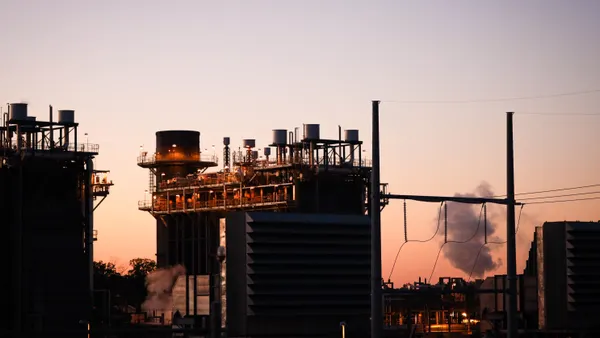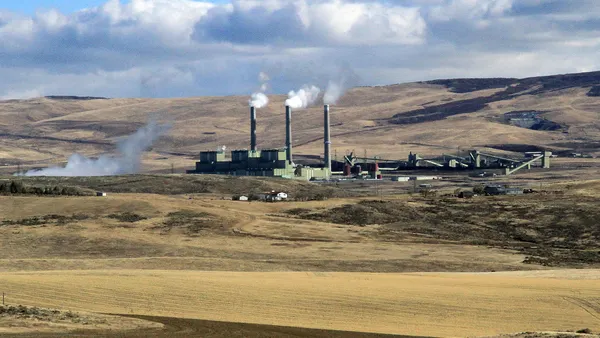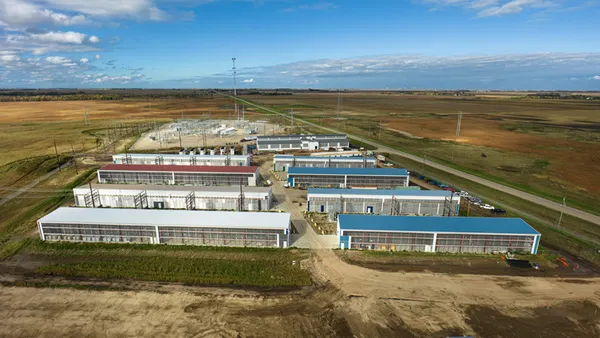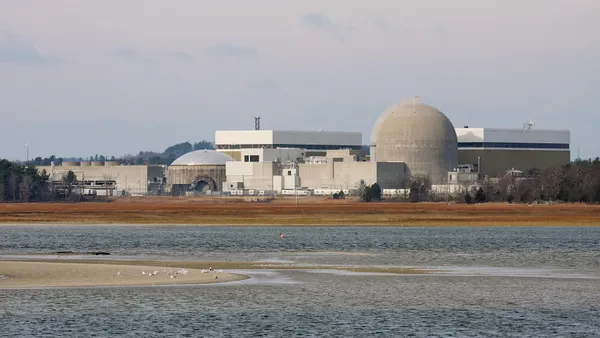Dive Brief:
-
Montana’s Public Service Commission has cut the rates the state’s utilities have to pay independent power producers, such as solar farm developers, under a federal law.
-
The PSC reduced rates paid under the Public Utility Regulatory Policies Act of 1978 by 40%, according to the Billings Gazette, and trimmed contract lengths from 25 years to five years with an option for another five years.
- Environmental advocates fear the change to PURPA regulations could put a damper on what had been a growing market for solar farms in Montana. Solar developers previously received guaranteed payments of $66/MWh.
Dive Insight:
A combination of falling solar panel prices and high PURPA payments has attracted a rush of solar development to Montana — as well as utility complaints that they are forced to overpay for power under the 1970s-era law.
Last December, the Federal Energy Regulatory Commission ruled that Montana regulators acted improperly when they suspended payments to solar facilities under PURPA. However, FERC declined to take further action on the issue, sending it back to the state PSC.
NorthWestern had received a total of 97 requests for solar hookups in the year and a half before the PSC suspended PURPA payments. After the suspension, the number of requests fell to 10.
PSC Commissioner Tony O’Donnell said the revised PURPA rates will force solar developers to operate more like businesses in a free market. Solar advocates say the cuts give Montana the lowest rates in the region, and cause developers to defect to neighboring Western states such as Idaho and Wyoming.
The utility declined to comment until the PSC's final order comes out.
Wyoming and Idaho, however, have also experienced debates over PURPA contracts. Utilities in Idaho successfully lobbied to cut contract lengths to two years. PacifiCorp subsidiary Rocky Mountain Power asked Wyoming regulators to reduce contract lengths as well, but the Public Service Commission told the utility to work with stakeholders to come to a resolution.













